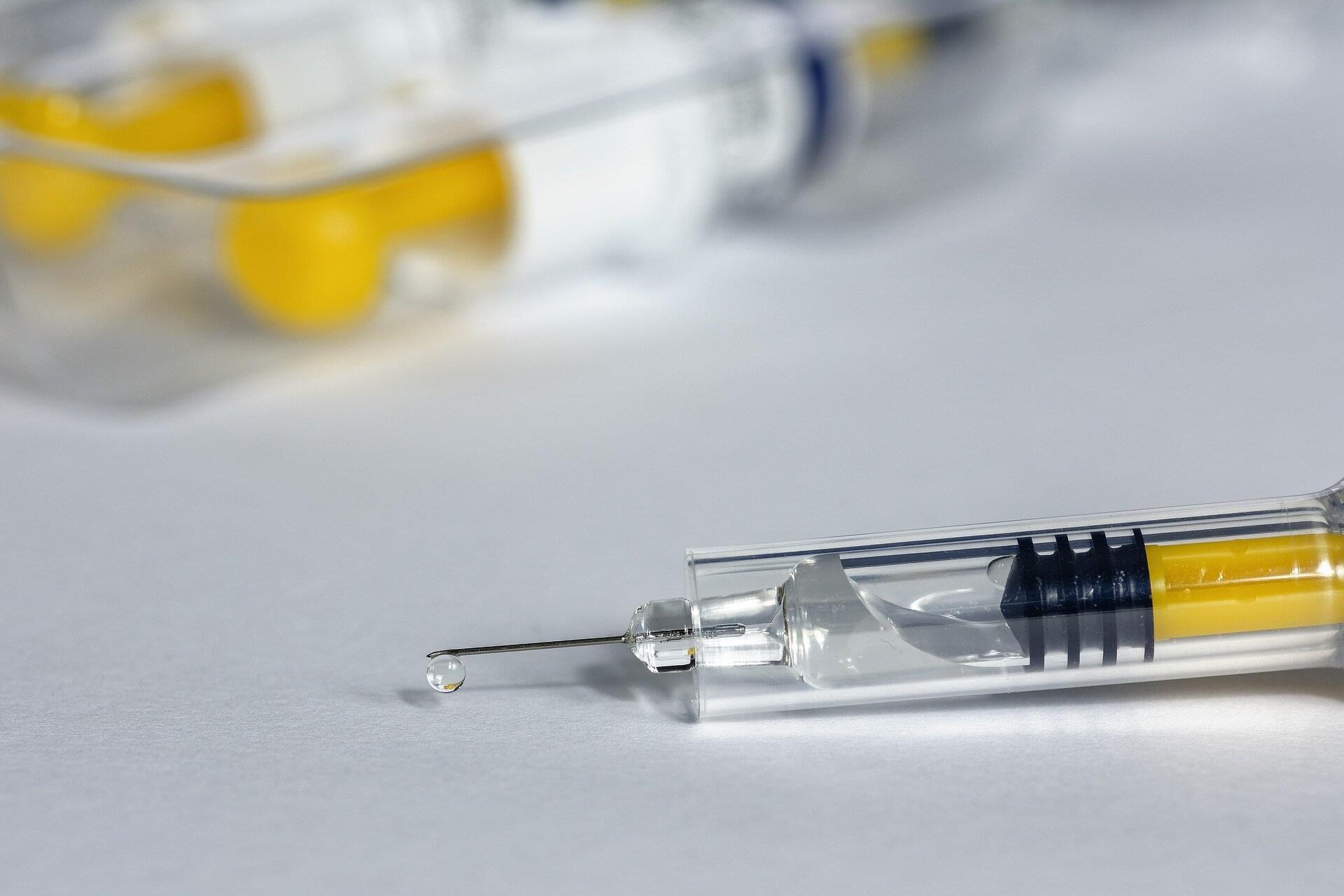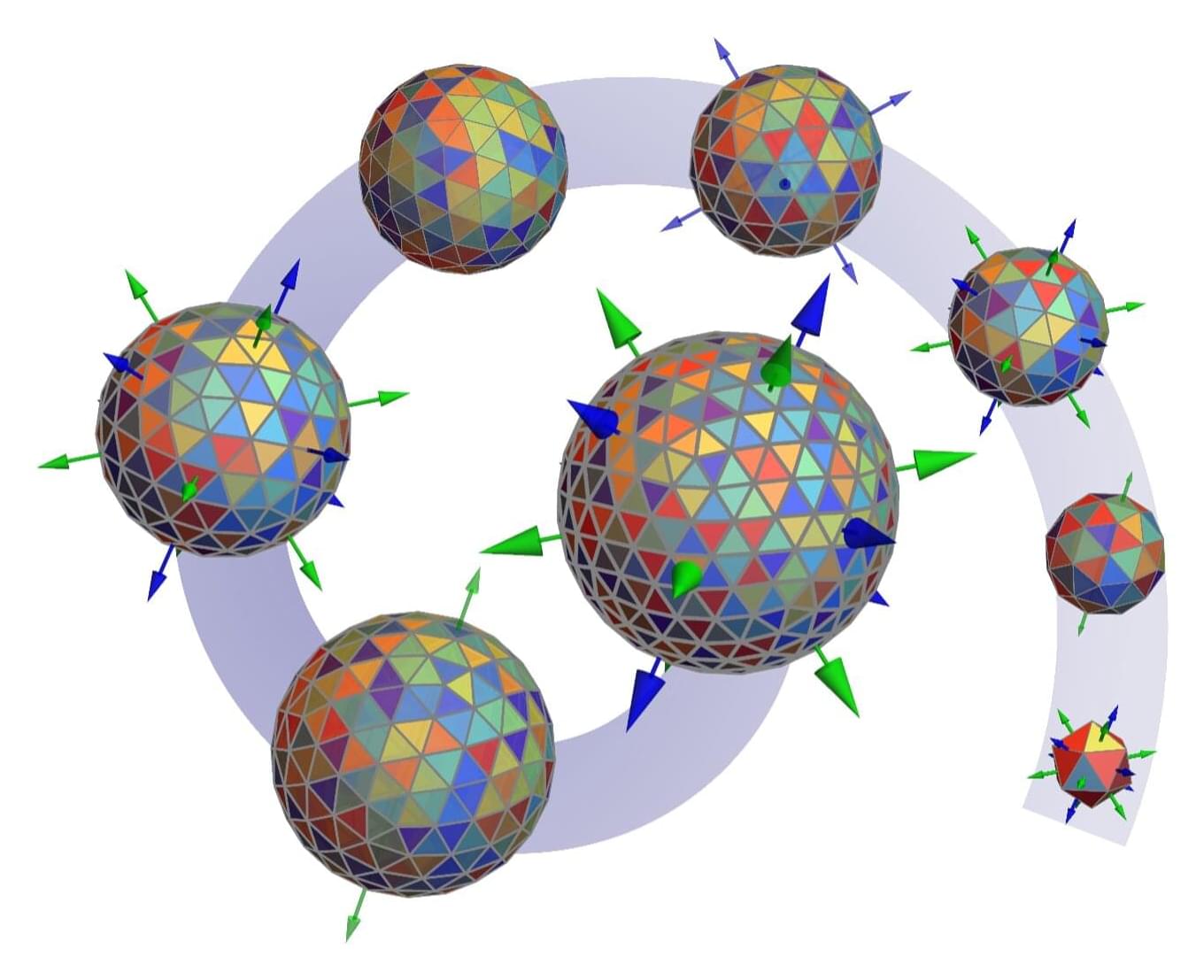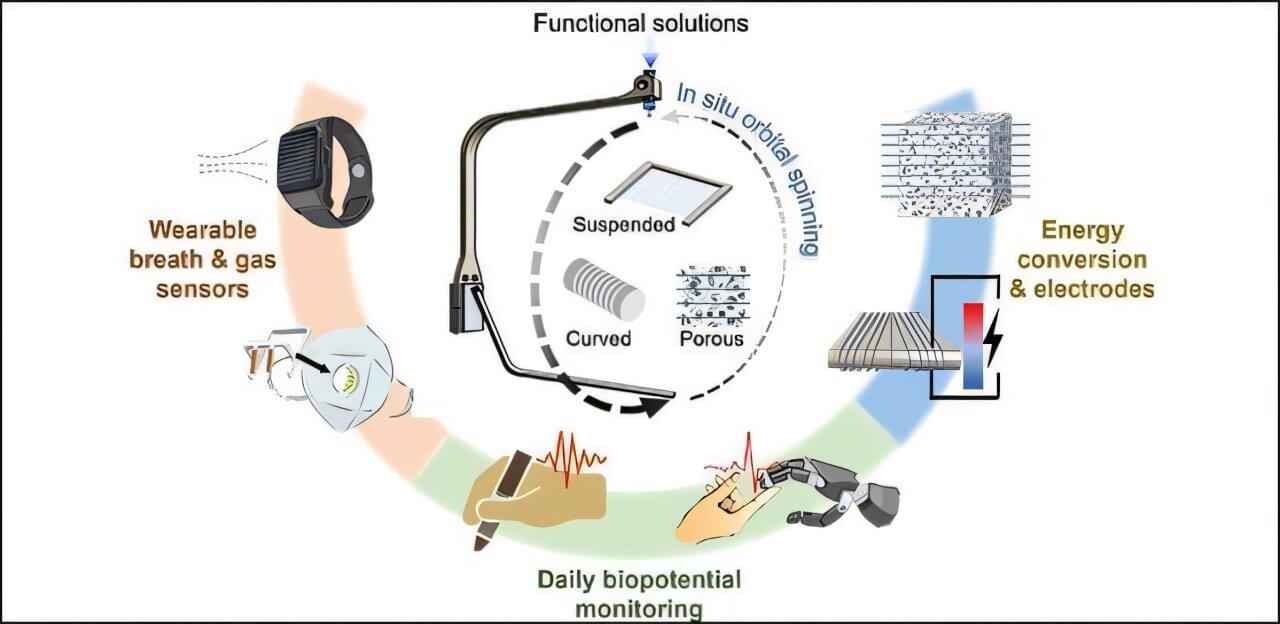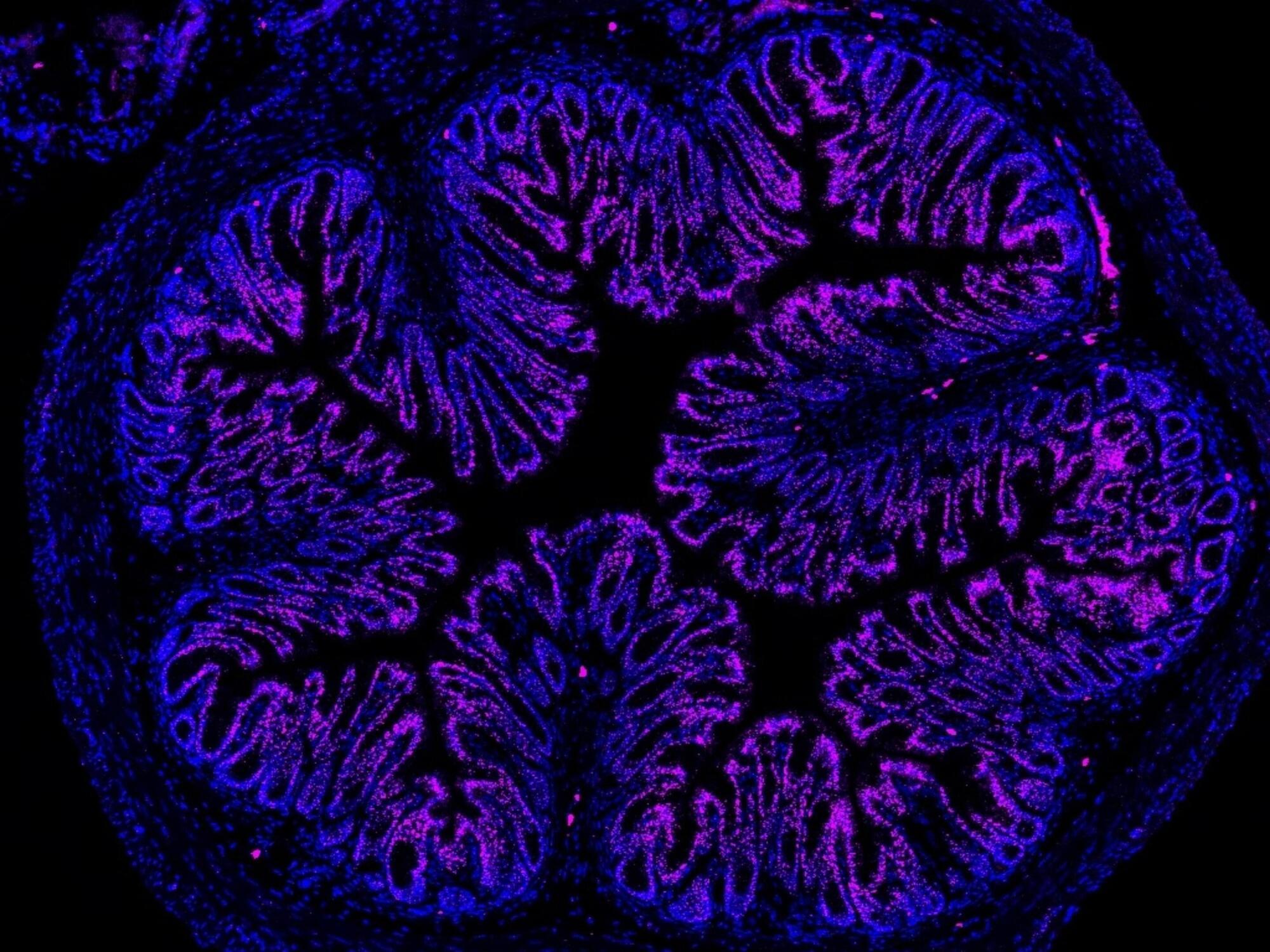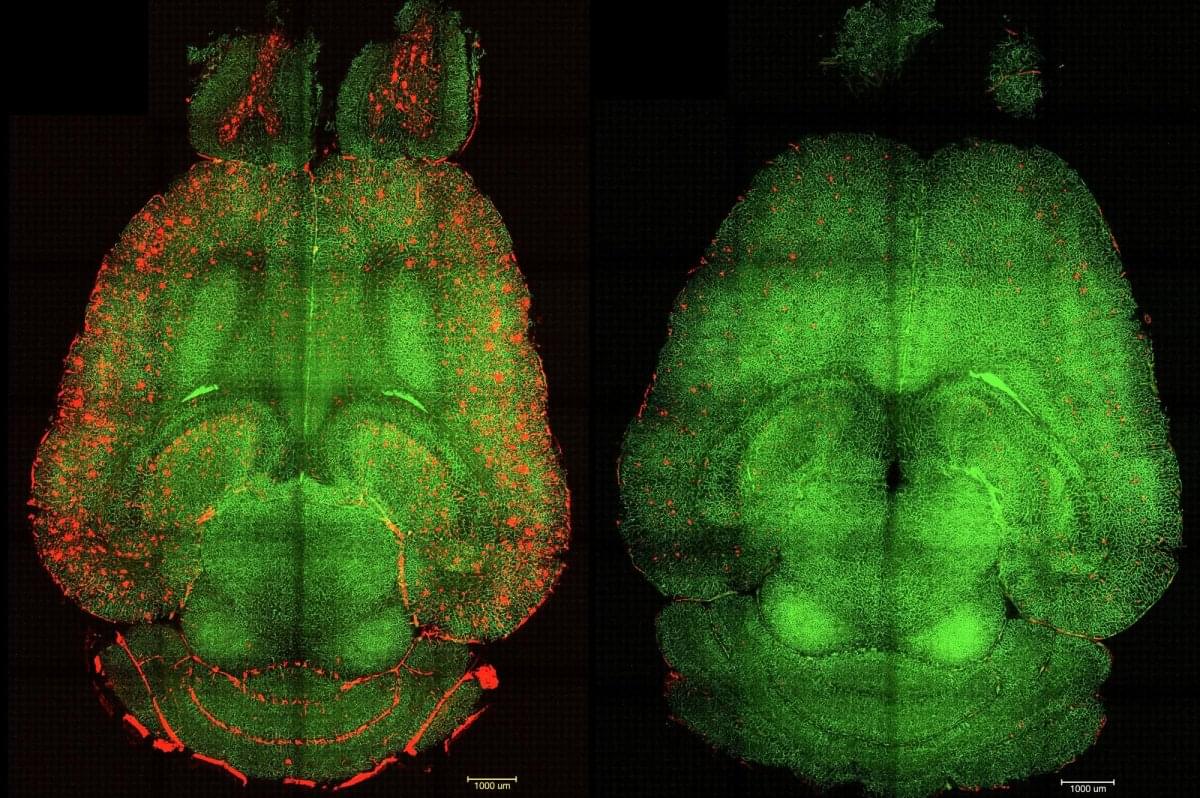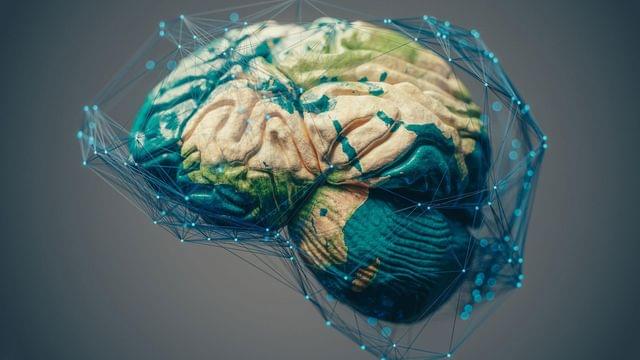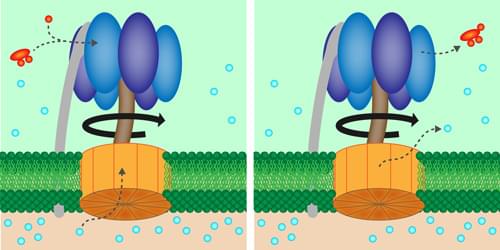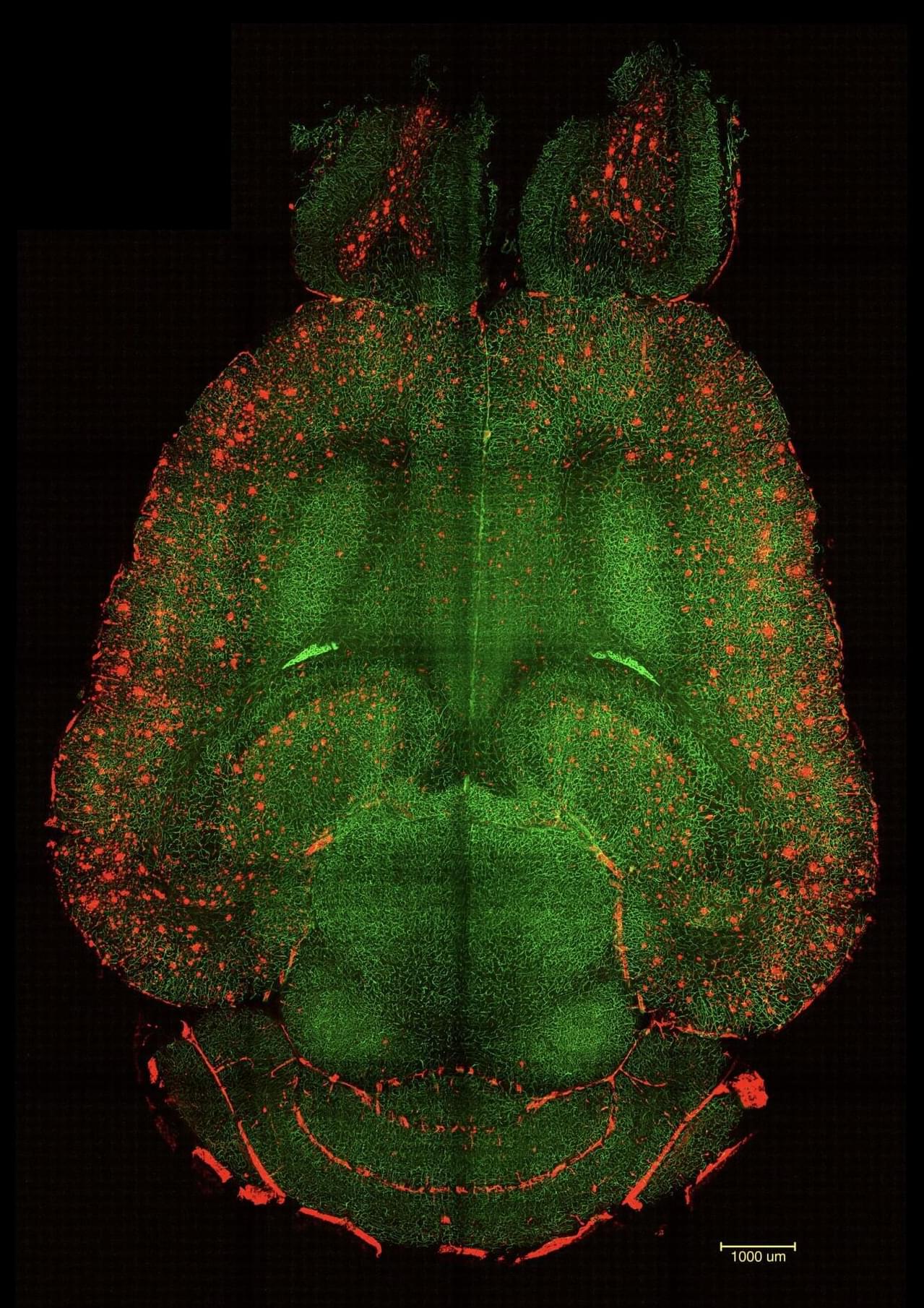A study led by University of Massachusetts Amherst researchers demonstrates that their nanoparticle-based vaccine can effectively prevent melanoma, pancreatic and triple-negative breast cancer in mice. Not only did up to 88% of the vaccinated mice remain tumor-free (depending on the cancer), but the vaccine reduced—and in some cases completely prevented—the cancer’s spread.
The study is published in Cell Reports Medicine.
“By engineering these nanoparticles to activate the immune system via multi-pathway activation that combines with cancer-specific antigens, we can prevent tumor growth with remarkable survival rates,” says Prabhani Atukorale, assistant professor of biomedical engineering in the Riccio College of Engineering at UMass Amherst and corresponding author on the paper.
